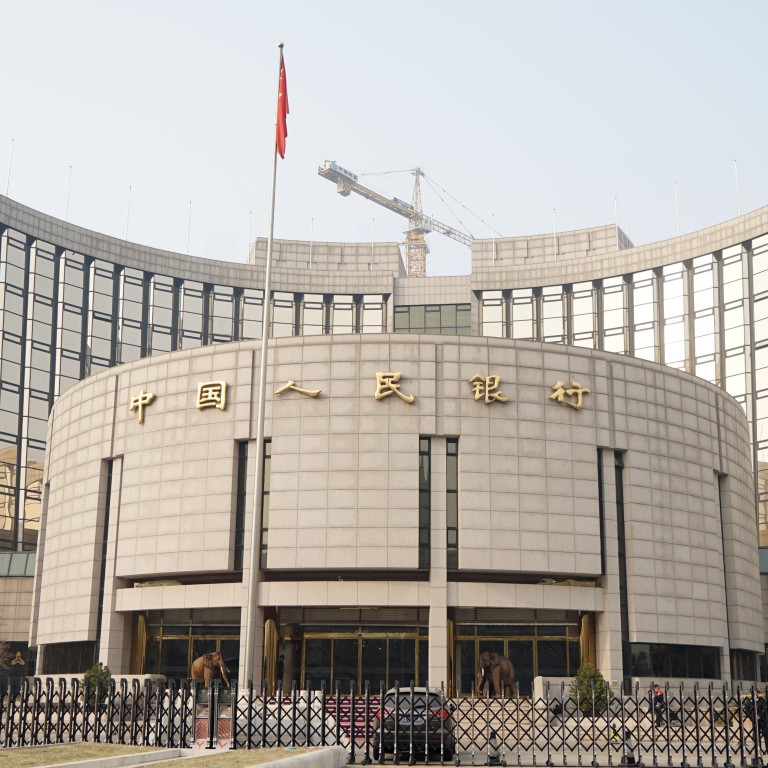
China’s central bank suggests it will stem flood of money into economy
- People’s Bank of China has shown a preference for restraint, in a quarterly monetary policy document that suggests major moves towards easing are unlikely
- Subtle shift from policy of pumping funds into the fragile economy over recent months, which has helped stimulate some sectors
China’s central bank, which has been pumping funds into the nation’s fragile economy over recent months, has suggested it will not flood the market with excessive liquidity, in a quarterly monetary policy document released on Monday.
The People’s Bank of China (PBOC) summarised its first quarter monetary policy committee meeting, during which the PBOC said it would block the “general valve” of money supply, showing a preference for restraint and suggesting major moves towards easing are unlikely.
The PBOC said China’s economic situation was healthy, in a much more upbeat reading than the last edition, when it saw only “stable” growth in the world’s second biggest economy.
The PBOC is at the centre of Beijing’s campaign to avoid an economic hard landing, and is heavily involved in efforts to steer the economy through the challenges of the US-China trade war and domestic reforms.
The statement came after the country’s financial system pumped a record 8.2 trillion yuan (US$1.22 trillion) in credit into the economy in the first quarter of this year, including 5.8 trillion yuan worth of bank loans.
The flood of money, enabled by the central bank, has resulted in a pickup in economic activity – as shown in leading economic indicators, such as construction equipment sales – and boosted stock and property markets.
The benchmark Shanghai Composite Stock Index closed at a 13-month high on Tuesday while average new home prices in China’s 70 major cities accelerated in March, according to the latest data released by the National Bureau of Statistics (NBS).
The NBS will publish the gross domestic product (GDP) growth numbers for the first quarter of 2019 on Wednesday, with analysts polled by Bloomberg forecasting 6.2 per cent, within the government’s target of 6.0 to 6.5 per cent, but still the weakest quarterly growth China would have seen in 29 years.
Analysts said the meeting notes suggest the PBOC’s monetary easing could now be over.
“A marginal tightening of money policy has been confirmed,” Ming Ming, head of fixed income research at Citic Securities, wrote in a note. “Supplying too much credit in a short time frame may trigger the risk of asset bubbles, including stock prices and property prices in first- and second-tier cities.”
Wu Di, an analyst at China Fortune Securities, wrote in a note that the central bank may refrain from any major policy moves in the near future, such as a cut in the required reserve ratio that would unleash funds into the banking system, or a cut in benchmark interest rates that would encourage borrowing.
“The possibility of another cut in the required reserve ratio has greatly decreased for now,” Wu wrote.
China’s monetary policy committee is an advisory body rather than a decision-making one. Its members include the central bank governor as well as delegates from other Chinese ministries, banks and academics.
The committee convenes on a quarterly basis, after which the central bank publishes a one-page statement summarising the committee’s discussions and broad agreements. The statement is a key tool in the central bank’s management of market expectations.
Analysts and economists often read between the lines of the dispatch to spot changes in the view of China’s policymakers in a practice known as “tea leaf reading”.

